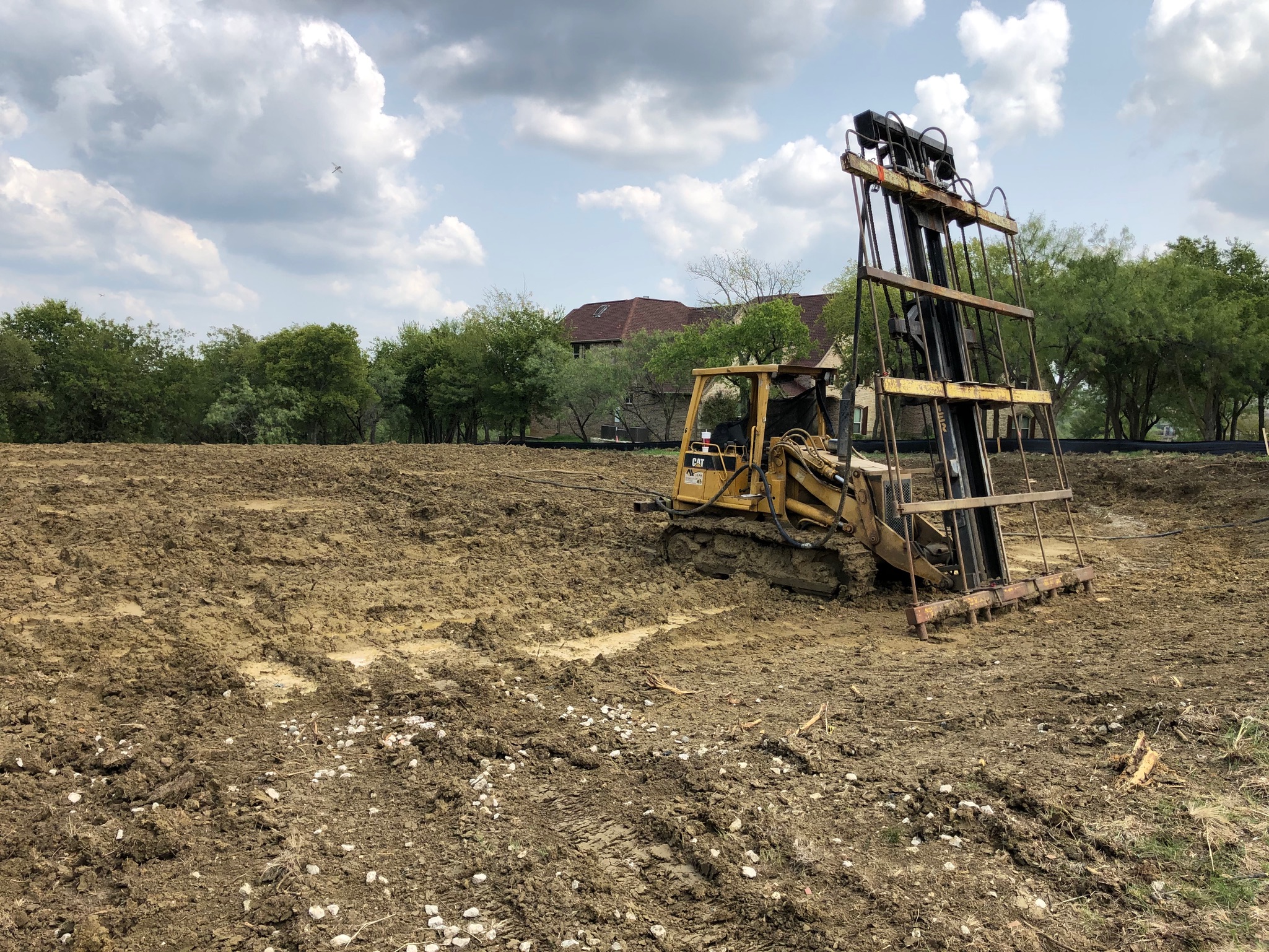Building solid foundations isn’t just about strength. Cost-effectiveness plays a massive role as well, especially for developers and builders who work on multiple projects. When you’re dealing with the intricacies of constructing homes or commercial buildings, every dollar counts. This is where efficient foundation design comes into play, and soil stabilization can be the unsung hero in cost savings. By smartly planning your foundation design, you not only ensure safety and durability but also optimize costs all along the way.
So, how does soil stabilization contribute to saving costs in construction projects? This approach holds the key to effective resource management and cost reduction. By incorporating stabilized soil techniques into your foundation design, you address common issues that can lead to costly repairs and delays. Let’s explore how this process can not only minimize expenses but also enhance the quality and longevity of constructions.
Understanding Soil Stabilization
Soil stabilization is a method of altering soil properties to improve its strength and stability. Think of it as strengthening the very ground you stand on, ensuring it can safely support the structures built upon it. This process typically involves the use of specific additives that modify the soil, making it more robust and less prone to movement.
Here’s how soil stabilization works in a nutshell:
– Strengthening Soil: By enhancing the soil properties, the ground can better support structures, reducing the risk of foundation problems.
– Preventing Water Damage: This technique helps in maintaining soil moisture levels, preventing excessive swelling or shrinkage due to water exposure.
– Improving Longevity: Stabilized soil creates a more reliable base that requires fewer repairs over time, contributing to long-term savings.
The main goal here is to integrate these methods into the foundation design process seamlessly. By doing so, developers can effectively mitigate common risks associated with unstable soil, creating a solid base that stands the test of time. This not only ensures the safety of the structure but also keeps future maintenance costs in check.
Cost-Effective Strategies With Soil Stabilization
When it comes to building on a budget, every decision counts. Soil stabilization offers several cost-effective strategies that make it appealing to builders and developers. At the core of these savings is the reduction in needed materials. By using less filler material, budget constraints can be more effectively managed. Traditional foundation methods often demand hefty quantities of select fill, but stabilization techniques allow for a more judicious use of resources, cutting down on these bulky and costly materials.
Labor and time savings further add to the appeal of soil stabilization. The injection process for stabilization is straightforward and quick. This efficiency means that projects face fewer delays and lower labor costs. Think about it like this: less time with heavy machinery idling means more savings all around. Injecting stabilization solutions directly into the soil does not just speed things up, but also keeps a construction site humming with minimal disruption.
In essence, the strategies that soil stabilization brings to the table stand out by preventing the usual headaches and expenditures. By being smart about material use and cutting down on unnecessary labor hours, developers can redirect those resources towards other parts of their projects, creating a more streamlined and effective process.
Real-World Applications
It’s one thing to talk about strategies and another to see them in action. Across Texas, many successful projects have harnessed the power of soil stabilization to keep costs low while maintaining quality. For instance, several residential developments have implemented stabilization to avoid the complications of swelling and shrinking soils. By doing so, they have achieved significant long-term savings by preventing costly repairs and foundation failures.
These real-world examples showcase how choosing soil stabilization is a savvy move for developers. Stabilization isn’t just a preventative measure; it’s an investment in resilience and longevity. Whether it’s the residential projects avoiding foundation woes or commercial sites navigating uneven terrains, the evidence is clear—stabilized foundations lead to less hassle down the road.
Environmental and Long-Term Benefits
Environmental responsibility is also a big draw for using soil stabilization. By reducing the need for extensive excavation and heavy machinery, this method aligns with sustainable building practices. Less disruption means a lighter environmental footprint, and that not only helps the planet but also keeps potential compliance costs lower.
The bonus here is the prolonged life span of the foundation itself. Stabilized soil ensures that the foundations remain strong and reliable, standing up to wear and tear over decades. This translates to fewer repairs and less maintenance, bringing additional cost savings that can be felt long after the project wraps up.
Building for the Future
As developers plan more projects, the question often arises: How do we build smarter and sustainably? Soil stabilization presents a straightforward answer by offering a path to strong, resilient, and economical foundations. Encouraging the adoption of stabilization techniques means laying stronger groundwork, literally and figuratively, for future development.
Opting for soil stabilization isn’t just about solving immediate challenges; it’s about creating a better approach to foundation design. By planning with longevity and efficiency in mind, builders can ensure that their projects not only meet today’s standards but are also prepared for tomorrow’s demands. Making these advanced choices now lays down a path for durable construction solutions that continue to pay off for years to come.
Ready to construct strong and lasting projects? Discover how ProChemical Soil Stabilization can make a difference by implementing advanced techniques like soil stabilization injection. By ensuring secure foundations for your developments, you can avoid future issues and optimize long-term savings. Explore more about our services and see why so many choose us for their foundation needs.

